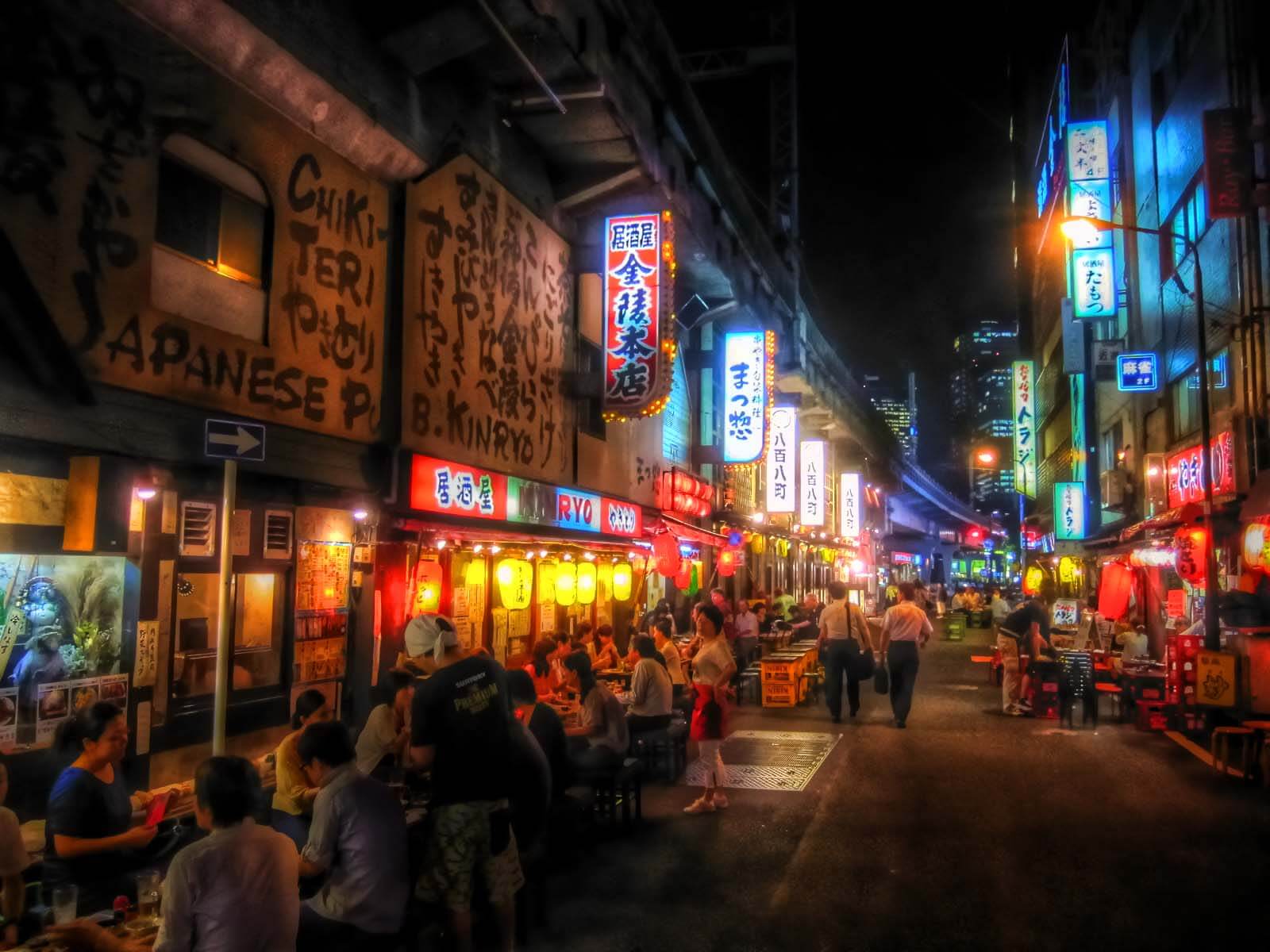Japan is a dream destination for many, famous for its vibrant cities, ancient temples, and high-tech culture. But beyond the popular sights of Tokyo, Kyoto, and Mt. Fuji lies a more intimate, authentic Japan—one that’s experienced through daily rituals, local eateries, neighborhood traditions, and quiet moments of connection. If you want to go beyond the tourist checklist and truly experience Japan like a local, here’s how to immerse yourself in the rhythms of everyday Japanese life.
1. Stay in a Ryokan or Minshuku
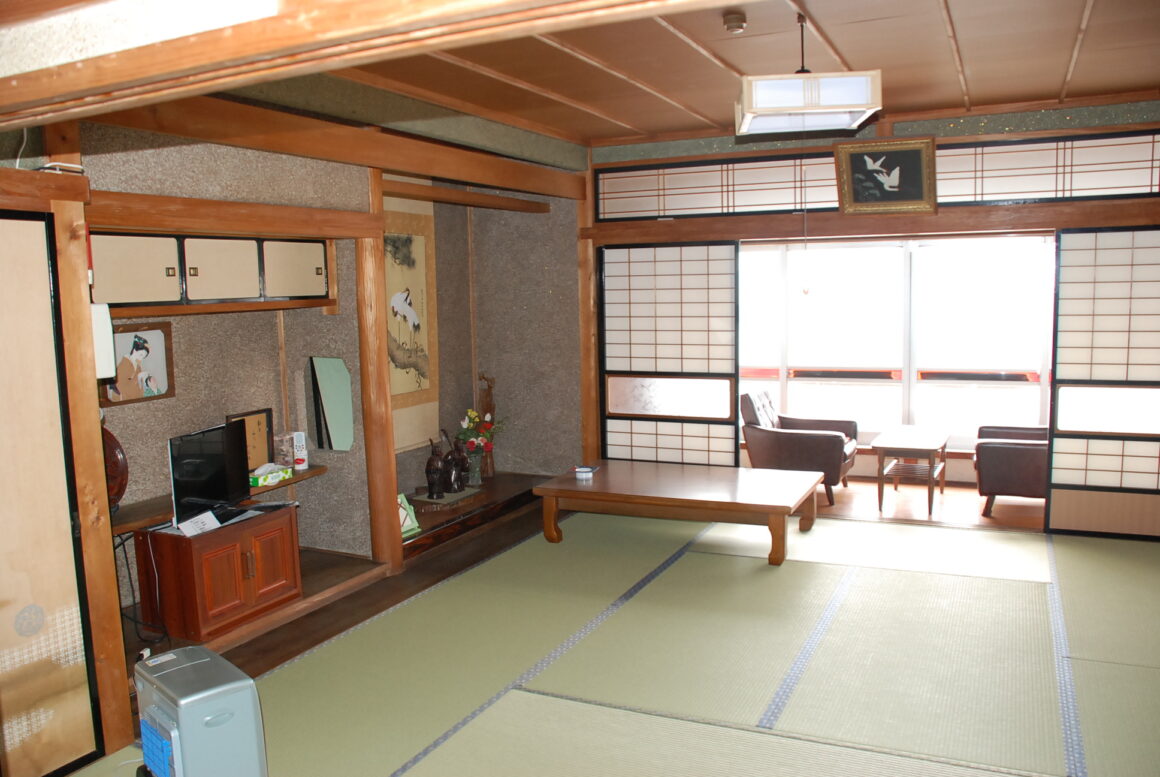
Skip the hotels and opt for a traditional ryokan (Japanese inn) or a minshuku (family-run guesthouse). These accommodations offer more than just a place to sleep—they’re a full cultural experience.
What makes them special:
- Sleep on tatami mats with futons, and relax in communal onsen (hot spring baths).
- Enjoy kaiseki-style meals featuring seasonal, regional dishes prepared with meticulous care.
- Experience the warm hospitality of omotenashi—the Japanese philosophy of selfless service.
Tip: Head to places like Takayama, Kinosaki Onsen, or Yufuin for the most authentic experiences.
2. Eat Where the Locals Eat
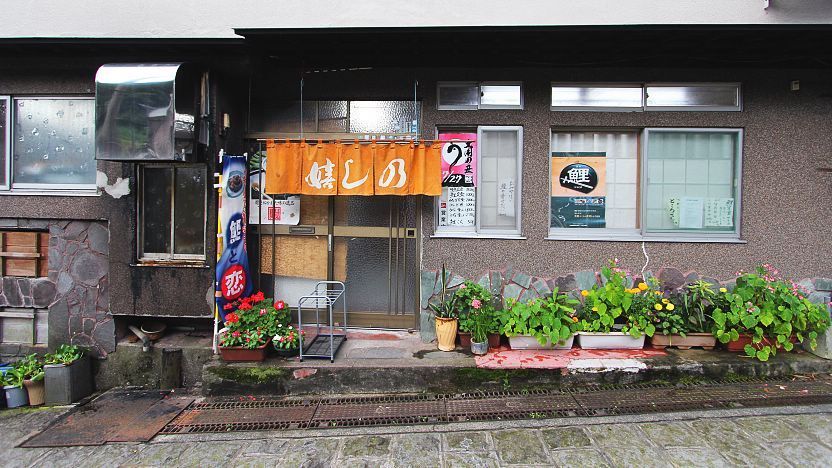
Japanese cuisine is rich, varied, and deeply regional. While sushi and ramen are popular staples, each area has its own specialties that are best experienced at izakayas (casual pubs), shokudo (small diners), and local markets.
Where to go and what to try:
- In Osaka, eat takoyaki (octopus balls) and okonomiyaki (savory pancakes) at street stalls in Dotonbori.
- In Fukuoka, try tonkotsu ramen at a yatai—open-air food stalls that line the river.
- Visit depachika (department store food basements) in cities like Tokyo or Kyoto for an overwhelming variety of fresh and beautifully presented food.
Pro Tip: Look for places with handwritten menus and salarymen eating alone—that’s usually a sign you’ve found a true local gem.
3. Use Public Transport Like a Local
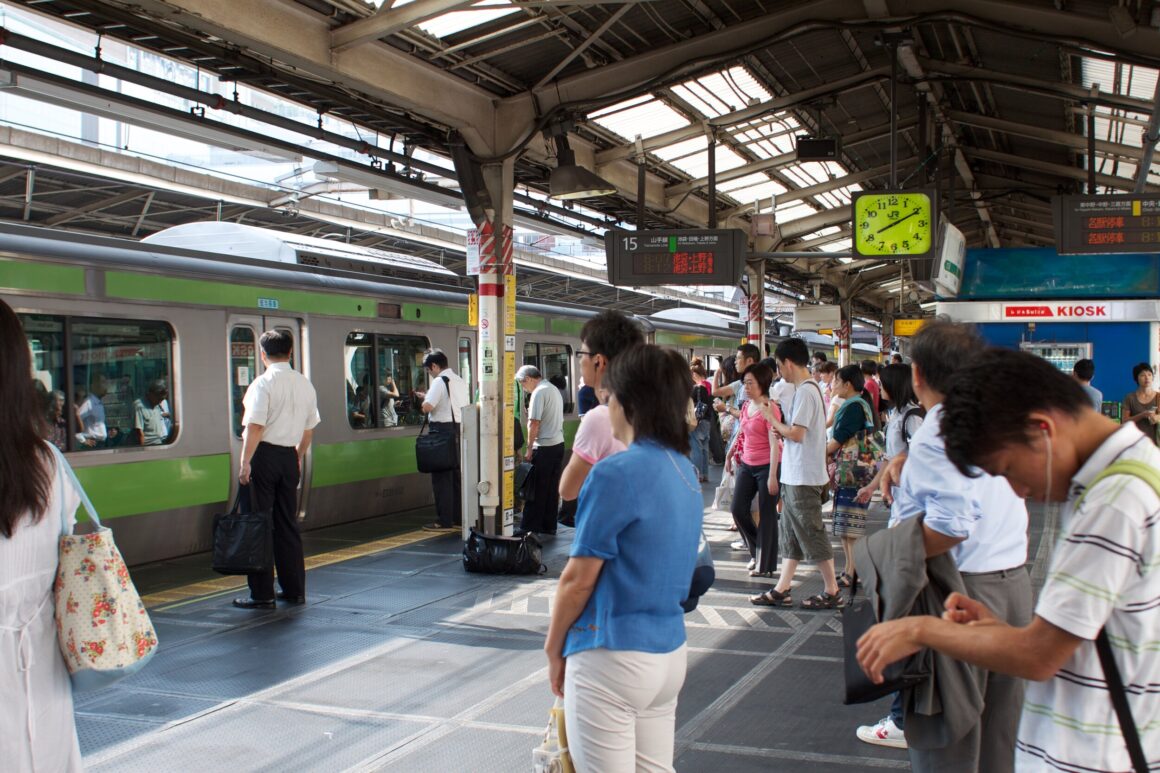
Japan’s trains are clean, punctual, and incredibly efficient. Instead of relying solely on taxis or tour buses, use the public transport network—it’s how most locals get around.
How to do it right:
- Get a Suica or Pasmo IC card (for Tokyo), or ICOCA (for Kansai) to ride trains and buses without hassle.
- On trains, follow unspoken rules: keep quiet, avoid phone calls, and respect personal space.
- Try taking local lines to explore lesser-known towns like Kamakura, Kurashiki, or Nara.
Bonus: Riding the shinkansen (bullet train) is an experience in itself. Grab a bento box at the station and enjoy the scenic ride like a true commuter.
4. Participate in Seasonal Activities
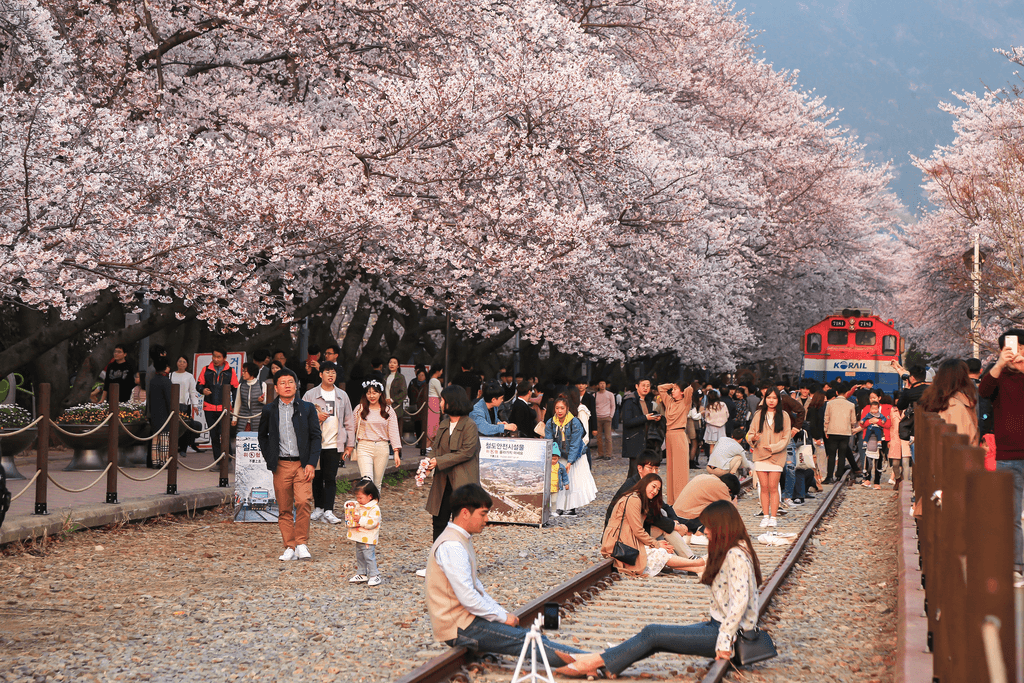
The Japanese calendar is rich with seasonal events, from flower viewing to festivals. Locals celebrate the changing seasons with enthusiasm and tradition—join in and you’ll see a different side of the culture.
Don’t miss:
- Hanami (cherry blossom viewing) in spring: Head to local parks like Ueno Park in Tokyo or the Philosopher’s Path in Kyoto with a picnic and enjoy the fleeting beauty.
- Autumn leaf viewing (koyo): Visit temple grounds like Eikando in Kyoto during peak foliage for a quiet, breathtaking experience.
- Matsuri (festivals): Every town has its own, often complete with parades, street food, and fireworks. Try Gion Matsuri in Kyoto or Nebuta Matsuri in Aomori.
5. Explore Neighborhoods, Not Just Landmarks
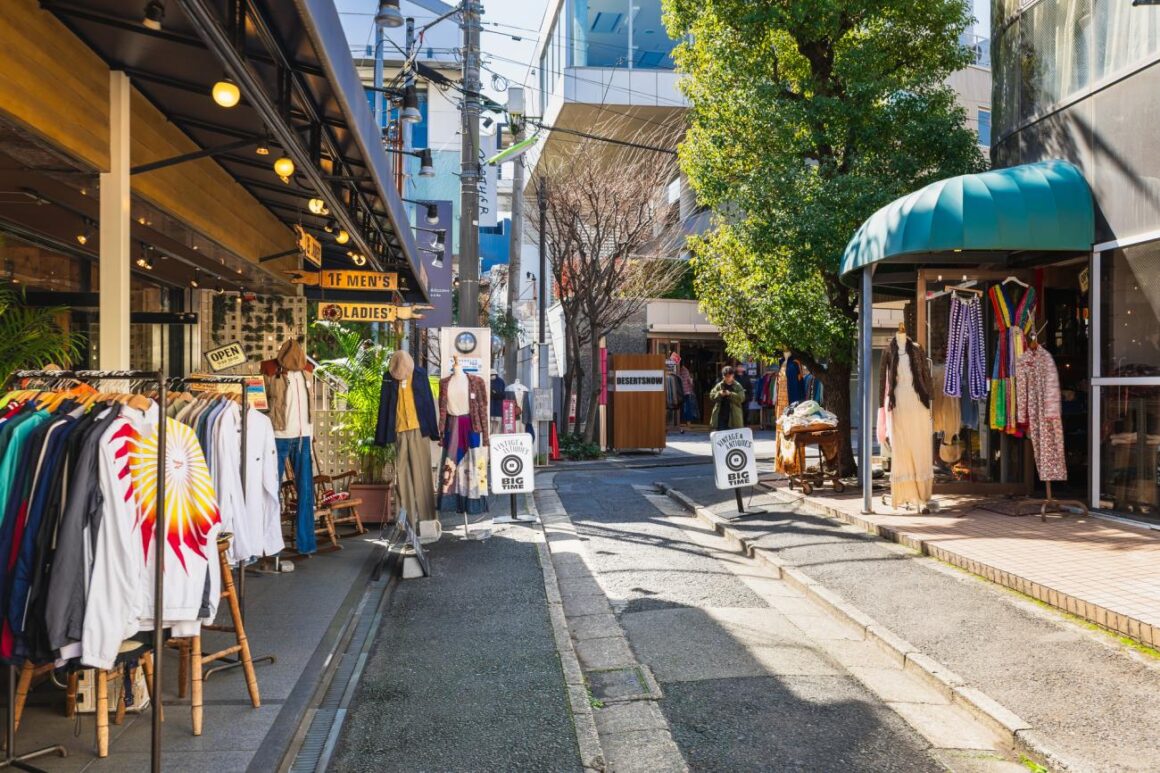
While it’s tempting to hop from sight to sight, slow down and explore the neighborhoods where locals live and work. Wander without an itinerary and let curiosity guide you.
Local neighborhoods to explore:
- Shimokitazawa (Tokyo): Known for its indie vibe, thrift shops, and live music bars.
- Yanaka (Tokyo): A charming, historic district that escaped WWII bombings, filled with artisan shops and old wooden homes.
- Nakazaki-cho (Osaka): A bohemian district with narrow lanes, vintage shops, and hidden cafés.
What to look for: Family-owned bakeries, quiet shrines, vending machines with odd drinks, neighborhood temples, and local parks where kids and grandparents gather.
6. Respect and Practice Everyday Etiquette
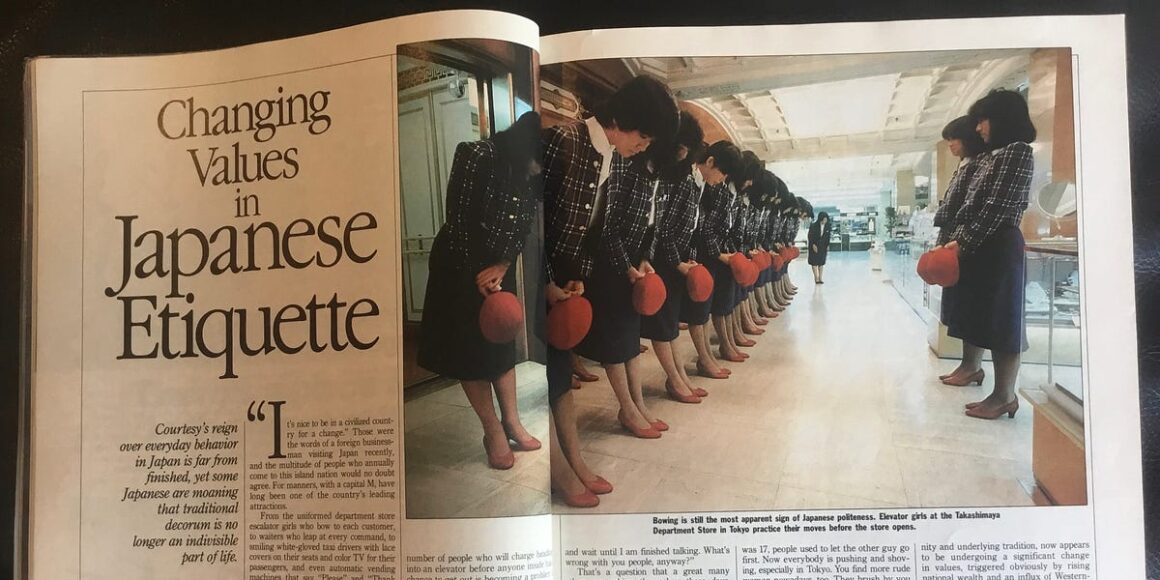
Cultural immersion isn’t just about what you see—it’s how you act. Small gestures of respect can go a long way in Japan.
Key etiquette tips:
- Always remove your shoes before entering a home, traditional restaurant, or temple.
- Bowing is the standard greeting; a small nod is fine, but a deeper bow shows greater respect.
- Use both hands when giving or receiving items, especially money, gifts, or business cards.
- Be punctual—whether it’s a dinner reservation or a train departure, being on time is taken seriously.
7. Visit a Sento or Onsen
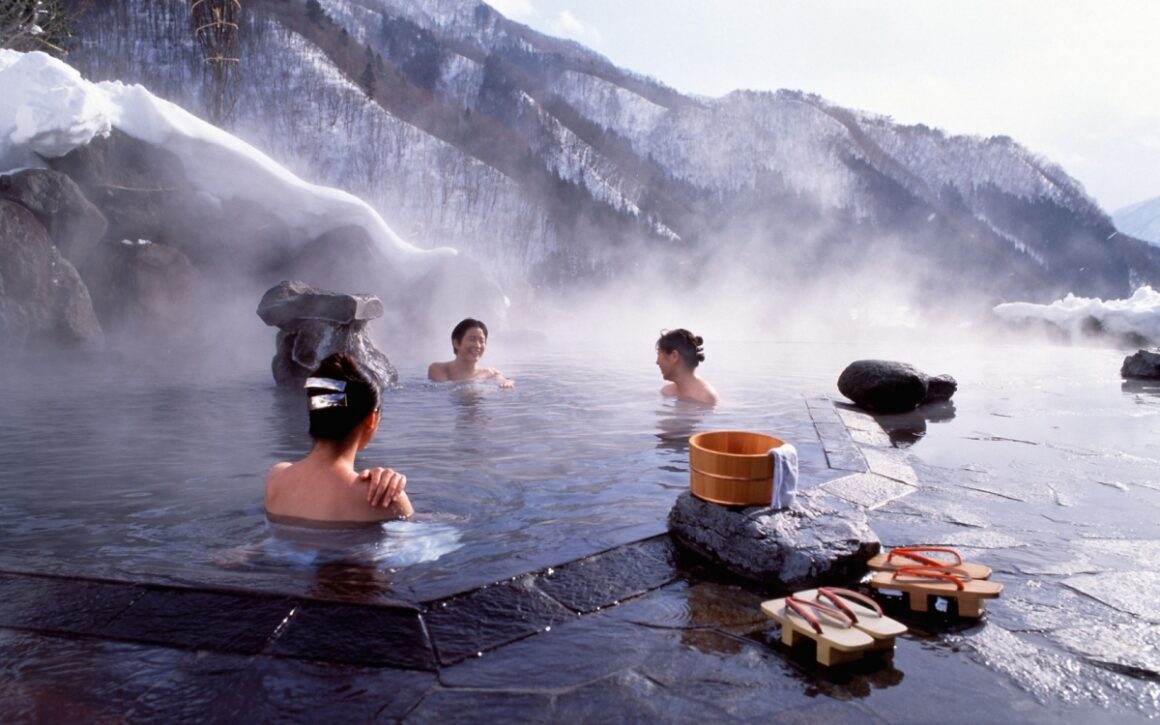
Bathing is a cherished ritual in Japan. Onsen (hot springs) are found in nature or resort towns, while sento are public bathhouses in urban areas.
How to enjoy them like a local:
- Clean yourself thoroughly before entering the shared bath.
- Don’t splash or talk loudly—this is a space for relaxation and quiet reflection.
- Tattoos may be prohibited at some onsens, so check ahead. Some now welcome tattooed visitors or offer private baths.
Recommended spots: Hakone, Beppu, Nozawa Onsen, or even local sento in Tokyo’s backstreets.
8. Learn a Few Japanese Phrases

You don’t need to be fluent, but even basic Japanese can open doors and earn appreciation.
Useful phrases:
- Konnichiwa (Hello)
- Arigatou gozaimasu (Thank you)
- Sumimasen (Excuse me / Sorry)
- Oishii! (Delicious!)
- Wakarimasen (I don’t understand)
- Eigo o hanasemasu ka? (Do you speak English?)
Locals will appreciate your effort and are often more open when you show an interest in their language and culture.
Final Thoughts
Experiencing Japan like a local is about slowing down, observing, and engaging respectfully with the world around you. It’s about finding joy in small moments—watching carp swim under a wooden bridge, hearing the hum of cicadas in a bamboo grove, or sharing quiet nods with strangers at a temple. The beauty of Japan lies not just in its famous landmarks, but in its people, its pace, and its deep connection to tradition. So take off your shoes, grab a bento, and dive into the real Japan—one thoughtful, respectful step at a time.


